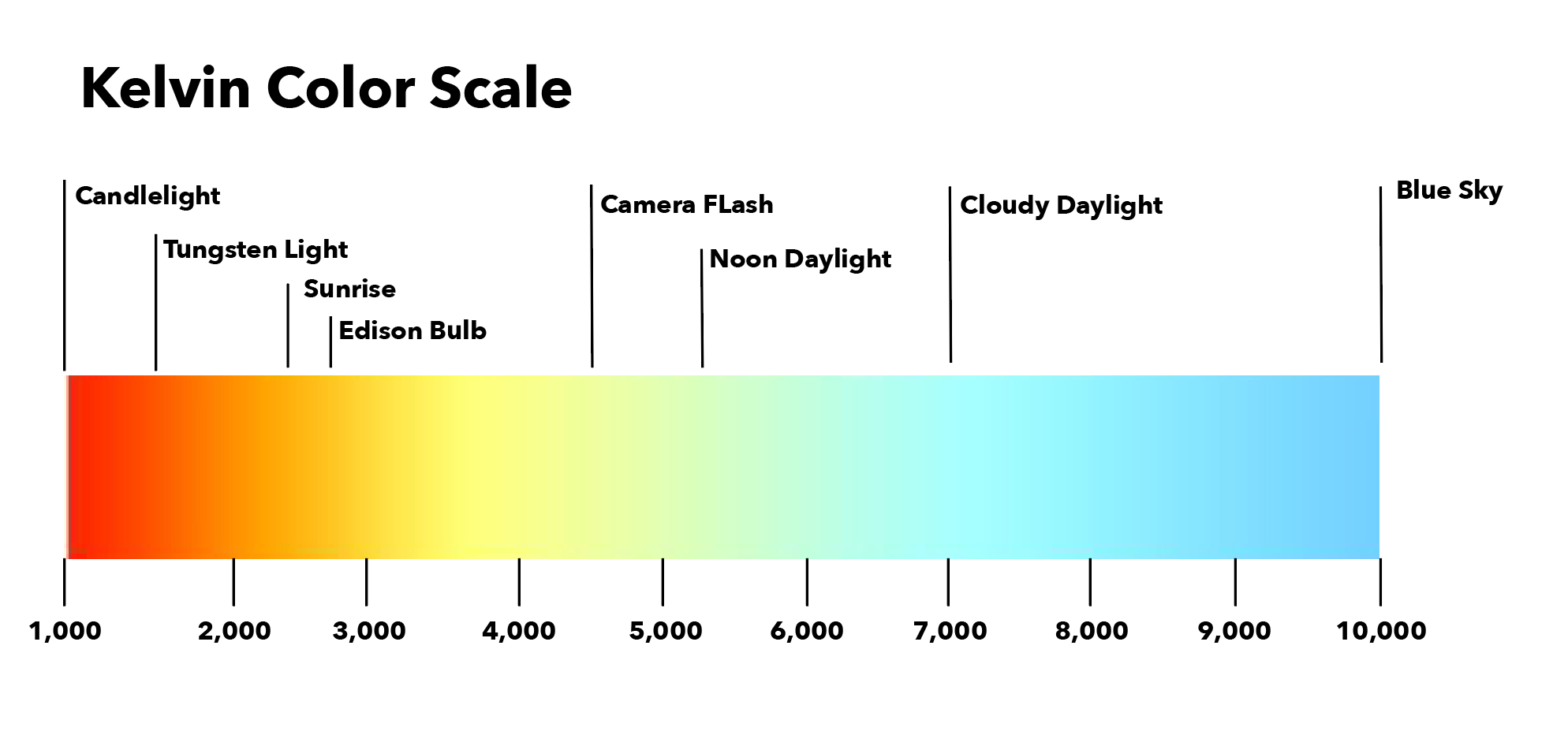

This term refers to the efficiency by which a bulb converts watts to lumens. Luminous efficacy is lumens divided by watts. watt for different lighting technologies What is Luminous Efficacy? There is a drastic difference between incandescent and LEDs’ energy usage under the same lumen output range. The table below shows a lumen to watt comparison for LEDs, Halogens, CFLs, and incandescent. If you are looking to switch to more energy-efficient options such as LEDs and CFLs, you will need to find the same lumens as your old incandescent bulbs in the new LED/CFL bulbs. Watts= Lumen/Lumen per watt Comparison of different bulb technologies The easy formula to calculate watts out of the lumens mentioned on the bulb label is. Sometimes you will be required to find the wattage corresponding to the required lumens of a particular lighting fixture, and this is where you need to convert lumens to watts. While choosing a bulb for your project, you will need to select the correct number of lumens for the area. This drastic difference has changed the course of energy-saving debates. In contrast, an LED produces 100 lumens per watt. An easy example to understand the whopping difference between different lighting technologies’ energy-saving aspects is that an incandescent bulb produces about 20 lumens per watt. Lumens is now the prevalent measurement unit to judge the brightness of a light bulb.

It is more accurate a measuring unit than wattage and tells how the lighting fixture performs regardless of the electricity source. A higher number of lumens will mean a higher brightness level and vice versa. Lumens are the measurement of output light brightness of lighting bulbs. So, the term ‘lumens’ came into being, and wattage ratings became unpopular. Such lamps gave off a high level of brightness output at a fraction of wattage. Their working principle is different from older lamps. So wattage became a measure of brightness.Īs the technology improved, these lighting bulbs were taken over by much more efficient and energy-saving lighting fixtures such as LEDs and energy-saving CFLs. Higher the watts, the higher the brightness level of the output light. The higher wattage meant higher brightness for lamps such as incandescent, fluorescent, etc.įor example, in incandescent lamps, the electricity passes throughout the filament inside the bulb to produce heat and brightness. In olden times, people bought lights by looking at the wattage of the bulb. Watt is the unit of power that measures the energy usage of the lighting fixture. However, this practice has become obsolete as new energy-efficient bulbs entered the market that gives off the same number of lumens (or the brightness level) at a lower wattage. It was common practice to look for the ‘Watts’ before buying a lighting bulb in the past.


 0 kommentar(er)
0 kommentar(er)
